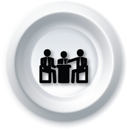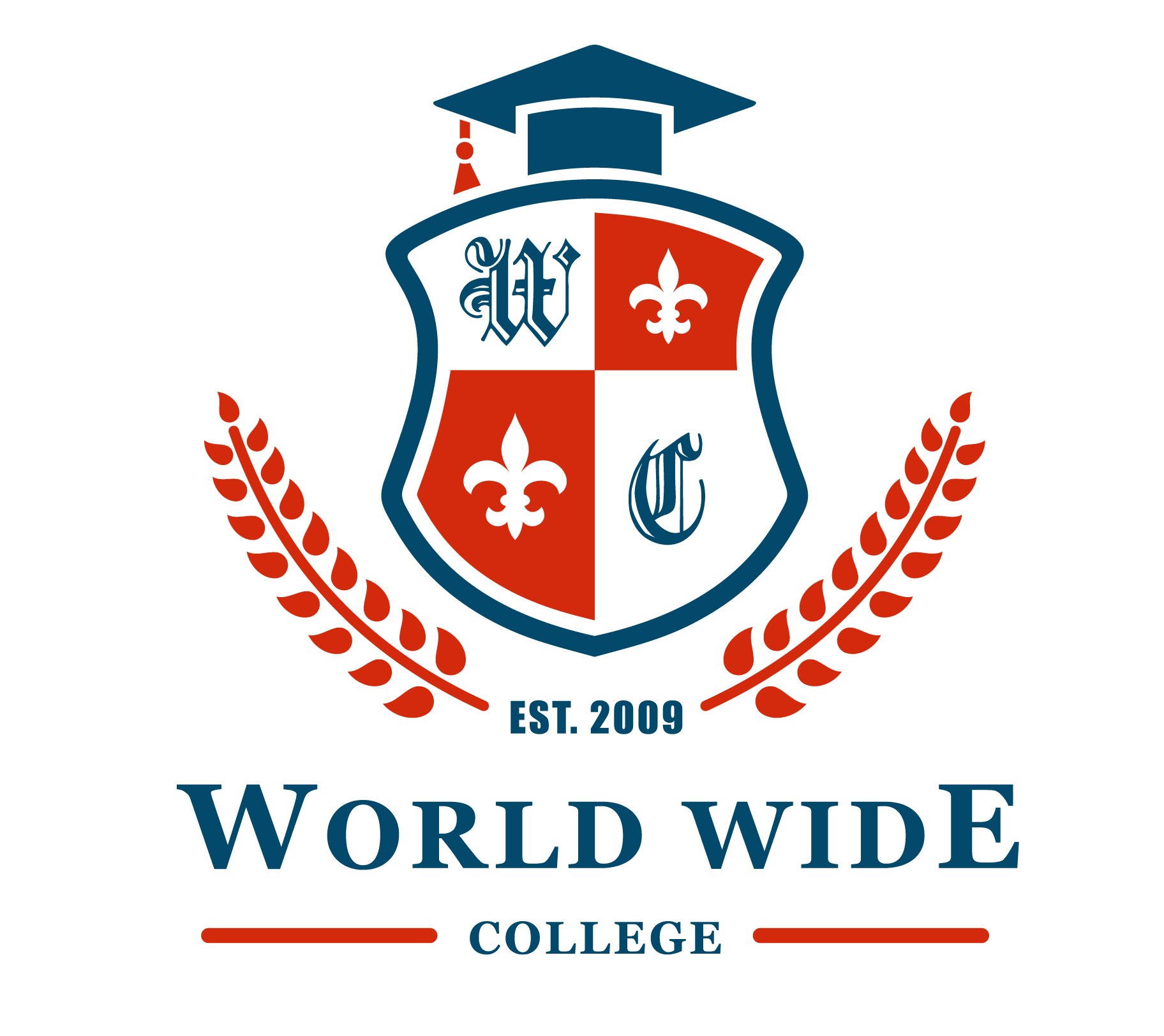Russia
Emerging Sectors in Russian

The eight years between 1998 and 2006 recorded an amazing economic turnaround, as Russia’s GDP expanded substantially, while per capita income zoomed to about $13,000. Poverty rates were cut by half and regional disparities had begun to tone down. The inflation rate, which was as high as 47% in 1996, declined to 9.6% by 2006. High-energy prices, robust domestic demand, large foreign inflows and macroeconomic reform enabled the economy to clock impressive growth. Economic growth averaged above 6% between 2001 and 2008, touching a high of 8.1% in 2007.
During his first two terms as President Mr. Putin enjoyed a wave of political stability and economic growth. With the financial crisis of 2008 though Russia’s rapid ascent would soon face economic headwinds. The Russian government, encouraged by the nearly 200% surge in crude oil prices between 2006 and 2008, increased pensions substantially. But the recession which followed led to a nearly 10% contraction in the economy, exacerbated by the sudden plunge in oil prices as the global economy slowed down. The administration responded by launching a massive stimulus program that used money from the oil stabilization fund. The timely action helped restore economic growth, albeit at a much slower rate. Understandably, the economy that emerged from the recession was a pale shadow of its heady days. Slowing economic growth affected the lives of citizens as unemployment soared and wages stagnated. The state-dominated energy sector suffered due to depressed export demand, while decline in investment hurt the manufacturing and retail sectors.
Several years of steady economic growth had brought prosperity to the people of Russia. However, the recession affected their quality of life substantially, which fueled social tensions. Simmering discontent among middle-class Russians led to street protests in 2011 and 2012 that demanded effective governance and better standards of living. The government was forced to dip into its reserves again to hike salaries and pensions. Weakening oil prices since mid-2014 worsened Russia’s economic standing further as growth rates seesawed between low single digits to downright contraction. Amid the downward spiral of the economy, the government tried to divert public attention from problems at home by pursuing an aggressive foreign policy abroad, spearheaded by Mr. Putin who became the President for the third time in 2012. Russia’s annexation of Crimea in 2014 and its military adventures in Syria appeared to be carefully chosen tactics meant to appeal to the patriotic sentiments of proud Russians.
Back





